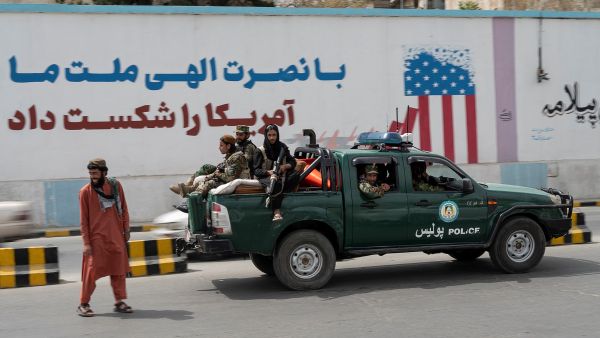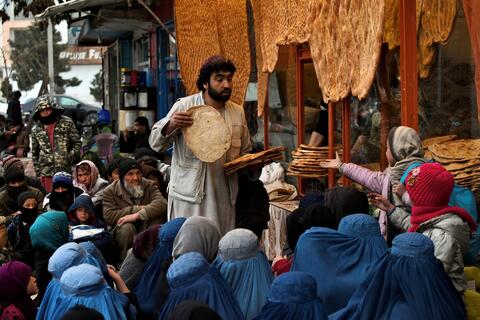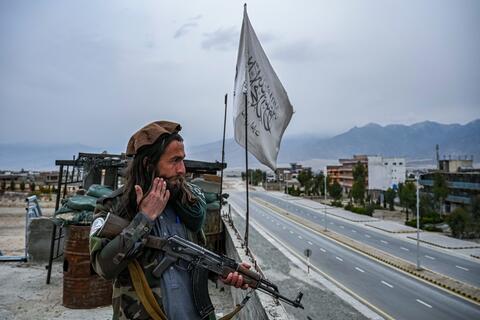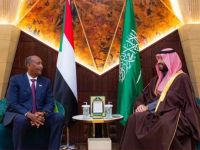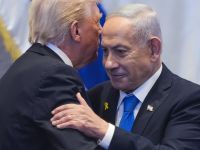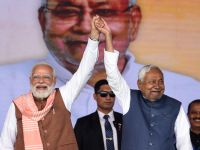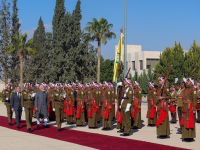By Farzad Ramezani Bonesh
The military and growing Taliban's opposition
Since the beginning of the Taliban's presence in Kabul, several major opposition groups or internal and external opposition to the Taliban have emerged. About eight military groups have been activated against the Taliban. The most important opposition or national resistance front was founded under the leadership of Ahmad Massoud.
The military unit of the National Resistance Front, according to various estimates, consists of about 8-20 thousand troops (former military, local militias and volunteer civilians). Recently, General Qadam Shah Shahim, the chief of staff of the former Afghan government, took over the military command of the National Resistance Front of Afghanistan, and some, such as Sami Sadat, supported Ahmad Massoud, emphasizing that after Ramadan, the process of mobilizing security and defense forces will begin.
Survivors of the Army Air Force and the security forces and the former Afghan Ministry of Defense and Interior; have significant military-political potential to counter the Taliban. This is while, according to Sigar, special units of the former Afghan army have certainly joined the National Resistance Front led by Ahmad Massoud.
Ali Maisam Nazary, in charge of foreign relations of the 'Resistance Front', also considers the former forces as the 'backbone' of the front. In fact, the youth front approach, reviving the forces of the former three security institutions, fair distribution of power, contact with the political elites of Afghanistan, etc., is trying to have active bases in different provinces of Panjshir, Baghlan, Parwan, Kapisa, Badakhshan, Takhar, Laghman, Balkh, Sarpol, Kabul, Samangan and Ghor and to spread in the southern and eastern provinces.
The next important group is the guerrillas of the Supreme Council of Resistance led by Ata Mohammad Noor, who have announced their existence in provinces such as Sarpol, Samangan, Parwan, Kunduz, Faryab, Kabul, Baghlan, Jawzjan, Balkh, Bamyan and Ghor, Panjshir, etc.
Indeed,10,000 former soldiers of Abdul Rashid Dostum and supporters of the Afghan National Resistance Council can form a larger force. The presence of the Afghan Turkmen commanders could be a significant help in bringing the northern Turkmen closer to the Taliban opposition.
The government in exile or the leadership council of the Afghan government can also form a military faction. The Hazara Resistance Fronts in Maidan Wardak, Ghor, Daikundi, Ghazni, Uruzgan and Bamyan can also play an important role in increasing the civil war.
In addition to the National Liberation Front in western Afghanistan, fighters from the Independent West Nuristan Front, the Afghan Liberation Front (probably led by General Yasin Zia) , the Turkestan Freedom Tigers and Ahmad Khan's family (in Samangan) have also declared their presence against the Taliban. A new group led by Abdul Matin Suleimanakhel, a former general in the National Army and the National Islamic Movement for the Liberation of Afghanistan who is a Pashtun, has reportedly announced its existence in the south.
In addition, in the past few months, there have been some clashes between Pashtun and non-Pashtun Taliban commanders in Panjshir, Faryab, Badakhshan, Balkh, and Bamyan. For example, non-Pashtun commanders and members of the Taliban, (who have more than 35,000 Uzbek fighters) do not accept a symbolic presence in power. Many of them also have the potential to join the Taliban opposition. Although IS-KP activity has declined significantly, it still has a strong presence in Afghanistan alongside al-Qaeda.
Taliban's approach
The Taliban have deployed auxiliary forces in recent months, including 'Red Taliban Units', several thousand fighters in Panjshir, the Taliban air force in Andarab and Panjshir, the killing and search of former soldiers, house-to-house searches in Kabul and other provinces, and ... have tried to prevent the start of a civil war and the rise of opposition groups.
The Taliban have also made numerous attempts by senior Taliban leaders to visit Panjshir and the northern provinces, organize attacks against the opposition, and insist on building a 100,000-strong Taliban to try to manage the opposition's rise to power. In the psychological and media approach, too, the Taliban by denying the conflict and the existence of resistance says that it is absolutely a lie and just exists in Facebook and social networks.
Civil war or peace?
In the last month, with the improvement of conditions and coming of spring, guerrilla and quasi-regular clashes and attacks against the Taliban in different parts of Afghanistan have been reported by various groups, especially the National Resistance Front. Many opposition groups do not even accept holding a Loya Jirga relying on the Taliban's gun, arguing that only a confrontation from a position of power can force the Taliban to accept dialogue.
Also, the presence of 10,000 Taliban reinforcements in the north, and several thousand in Hazarajat, distances them from other important areas.
On the other hand, for several months, the opposition has been trying to lobby for military and economic equipment, people's aid from the West and the United States, military and strategic support, and recognition of their legitimacy.
On the other hand, many of Afghanistan's major players and neighbors have also emphasized the formation of an inclusive government. Even against the hopes of Taliban leaders, Pakistan has tried to mediate between the Taliban and the opposition and meet with former Afghan leaders. Russia and China, despite continuing diplomatic engagement with the Taliban, have not committed major investments or have not recognized the Taliban. Also, border clashes with other neighbors such as Iran and the Taliban's insistence on totalitarianism have led to a lack of a positive view of recognizing the Taliban. If actors like India are willing to help the Taliban widely, there is a danger of reshaping the Northern Alliance in the 1990s.
The differences between the main sections of the opposition and the Taliban seem to be very widespread. Therefore, the Taliban's lack of widespread retreat from its approach will lead to more domestic and foreign support for the opposition. In fact, if the opposition retakes parts of the country, it could create more foreign relations and increase the Taliban's security-military challenges. It seems that if the Taliban opposition forces are properly mobilized against this group, more than 20,000 troops will be ready for war in the first step.
Vision
In fact, new conflicts are more likely in countries that have just emerged from armed conflict. With large numbers of weapons in the hands of the people and famine and starvation, the danger of a popular uprising is serious. The main problem of military-political opposition groups is the lack of practical unity and financial resources. This makes the process of overthrowing the Taliban more difficult.
But among the Taliban, the reversal of the declining position of individuals such as Mullah Baradar, Abdul Salam Hanafi, and Mullah Hassan Akhund, and the split between Pashtun and non-Pashtun leaders, indicate the Taliban's failure to form a practical alliance. Some Pashtun tribes also are opposed to the Taliban.
Under these circumstances, the failure of the Taliban which is due to a combination of a mono-ethnic government, lack of inclusive government, collapsed economy, lack of internal consent, reduced popular support, responsibility for instability and widespread chaos in the country, incompetence and internal conflicts, has increased the risk of civil war.
In addition, the trend of former forces joining the opposition increases the risk of civil war in Afghanistan's complex and mountainous geography. In the meantime, some foreign actors may strengthen their position on helping the opposition.
Although the outbreak of civil war may lead to the withdrawal of the Taliban, it may also add to the opposition's growing pressure on the Taliban. However, reaching a win-win agreement or mediation solutions is difficult. Hardliners oppose any compromise on power-sharing and government concessions.
In this situation, the Taliban continues to play an important role in any change in the situation in the country. A new era of civil war in Afghanistan can be expected to begin; a period in which various variables continue to play a role in stopping and conducting inter-Afghan dialogue and achieving peace.


